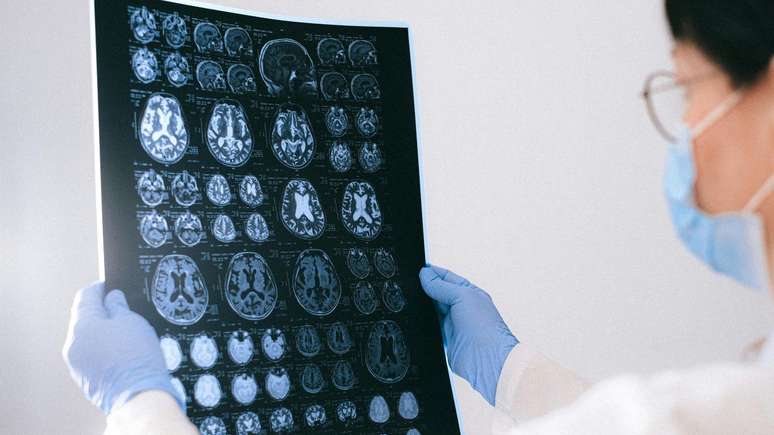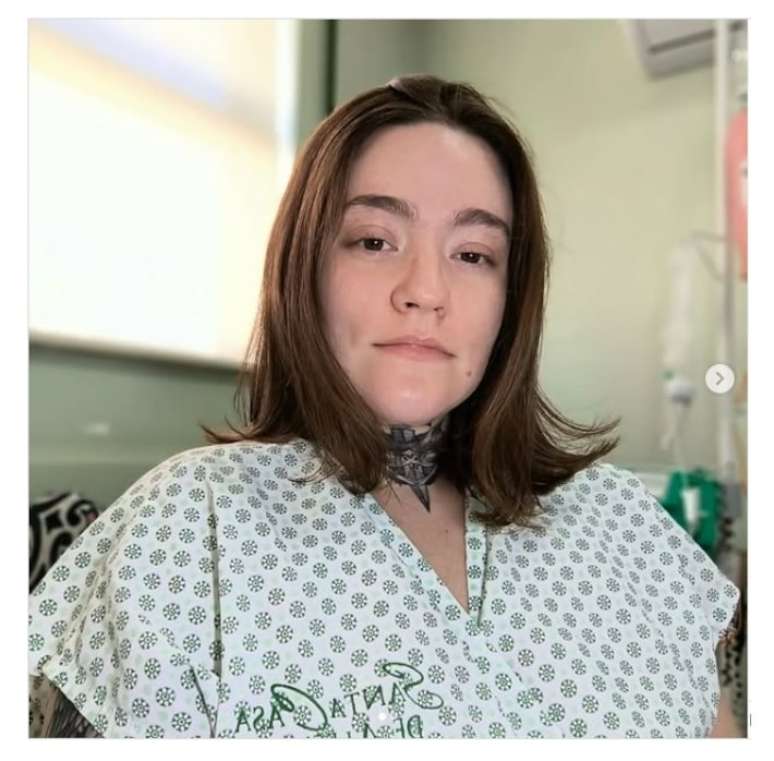The new technology with virtual reality helps to identify the risk of Alzheimer’s before the classic symptoms
Losing yourself in simple routes, having difficulty orienting in family environments or feeling insecure when it moves can be more than distraction. According to a survey of University College London (UCL), These changes can represent a first sign of the disease of Alzheimer’sappearing up to 25 years of the best known symptoms, such as memory loss.
Virtual reality as an ally
To achieve this conclusion, scientists have used virtual reality helmets that simulate movements in three -dimensional environments. Participants were invited to carry out tasks that required attention, space perception and guide.
The results are surprised: people at risk of developing Alzheimer’s have had significantly lower performance in these activities, even before manifesting any evident cognitive symptom. “This type of difficulty can be one of the first manifestations of the disease and, with the help of technology, we can now detect it more accurately.”explains the Dr. Coco NewtonAuthor of the study.
Why is this discovery so important?
The discovery opens the path to more early and assertive diagnosis. This is essential because more recent treatments, such as some drugs, are more effective if administered still in the early stages of the disease, when the brain has not yet undergone significant damage. However, the doctor warns: although promising, they can cause a reduction in the volume of the brain and therefore request a rigorous follow -up medical.
Other initial signs that deserve attention
In addition to the difficulty of locomotion and driving, science already recognizes other discrete but important signs that can arise in the early stages of Alzheimer’s, such as: for example:
- Frequent memory drops
- Sudden changes in mood or behavior
- Difficulty planning or making simple decisions
- Language and communication problems
- Apathy or disinterest in the usual activities
Observing these signs with love and attention can make a difference for an early diagnosis.
The future of diagnosis: more sensitive, more human
With the progress of technology, tools such as virtual reality can transform the way we identify neurodegenerative diseases. The idea is that spatial and perception tests become allies of health workers to detect changes before symptoms compromise the quality of life.
Source: Terra
Ben Stock is a lifestyle journalist and author at Gossipify. He writes about topics such as health, wellness, travel, food and home decor. He provides practical advice and inspiration to improve well-being, keeps readers up to date with latest lifestyle news and trends, known for his engaging writing style, in-depth analysis and unique perspectives.




![Tomorrow belongs to us: What awaits you on October 14, 2025, Tuesday, October 14 [SPOILERS] Tomorrow belongs to us: What awaits you on October 14, 2025, Tuesday, October 14 [SPOILERS]](https://fr.web.img4.acsta.net/img/3a/6b/3a6b6c830f9faa61c326457b86fe9dcd.jpg)

